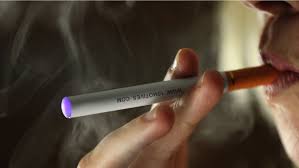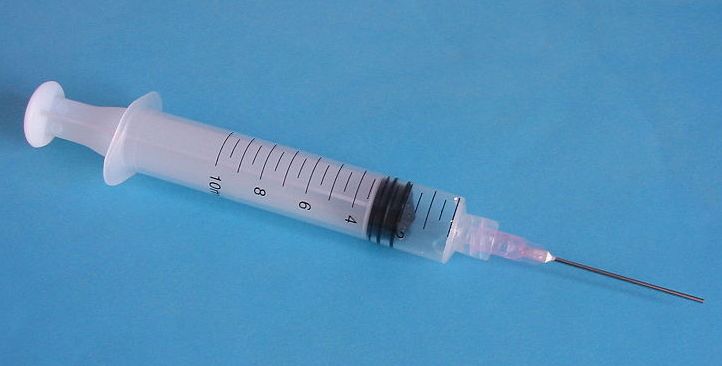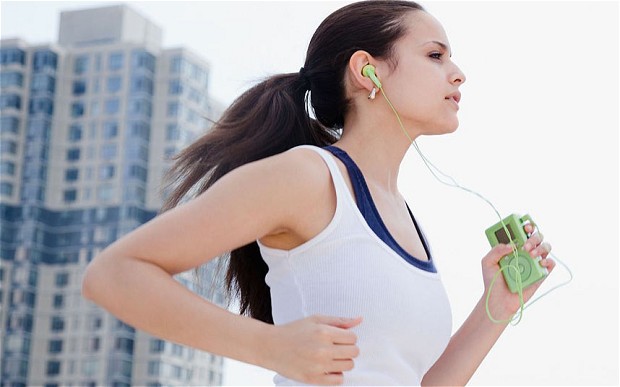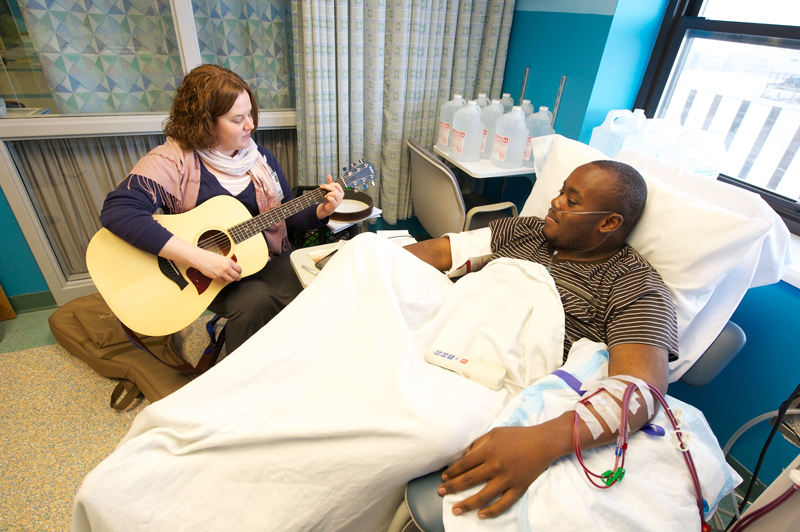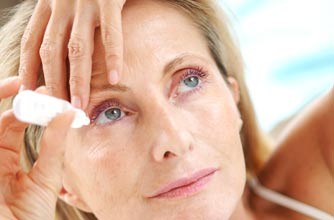
A tiny silicone plug, planted quickly and pain-lessly in a tear duct of the eye, could be the cure for a condition suffered by more than four million people in Britain.
The plug, less than 2mm in diameter, slows down the loss of tears that results in dry eye syndrome, a painful, debilitating condition suffered by one in five people aged over 50. Researchers at Glasgow University have discovered that once in place, the plug ensures that enough tears are kept in the eyes to lubricate them and reduce the risk of damage.
If left untreated, dry eye syndrome can damage the outer protective tissue of the cornea – the surface of the eye – leading to infection with a risk of permanent scarring and even some damage to sight. Although tears, or lacrimal fluid, are mostly associated with crying and laughter, they are produced by the eye around the clock.
Tiny glands surrounding the eye continually create new tears that then are spread over the surface by blinking. The fluid is mostly a salt solution, but also contains compounds that fight bacteria and help make the eye immune to infection.
With every blink, a film of tears spreads over the eye, making the surface smooth and enabling good vision. Once the fluid has passed over the surface, the used tears drain out through two small holes in the corner of the eyelids nearest the nose, and from there into the nose and throat. That is why your nose runs when you cry. So efficient is the process that most people are only aware it exists when something goes wrong. Unfortunately, that is an increasing number of people.
In dry eye syndrome, either the tear glands make insufficient tears, or the fluid drains away too quickly. As a result, it is spread too thinly over the eye to lubricate it properly. In some cases the problem is the result of being born with inadequate tear ducts. Dry eyes can also be a side effect of other diseases, or the use of some types of medication. People with large eyes are more vulnerable to the condition, too. But the biggest cause is the natural ageing process. By the age of 60, the volume of lubricating tears is less than half the level at 18.
For those who suffer with dry eyes, the symptoms can be severe and include a chronic stinging, gritty, burning, and itching feeling. Some people describe the pain as like the sensation of having hot grit under the eyelid.
Sometimes the eye can appear red, but often there is no outward sign of pain and discomfort.
‘People with dry eye may have a sensation that the eye is dry, but they may also experience irritation, burning, and sore eyes, and a sensation of having a foreign body in the eye,’ says David Crystal, an Edinburgh-based optometrist and one of several optometrists throughout the country who is starting to use the plugs.
The incidence of dry eye has nearly doubled over the last seven years and lifestyle changes implicated include air conditioning, dehumidifiers, hairdryers, car wind-screen demisting, air pollution, and contact lenses.
Activities that reduce the rate of blinking, such as driving, and TV and computer screen watching, may also have played a part in the increase.
The specially designed plugs for the tear ducts are designed to make the best use of what tears there are. Each eye has two ducts, but the one on the lower lid is responsible for draining away 70 per cent of the fluid, and it is into this duct that the plug is fitted, one in each eye. The plug, which can be put into place with the help of a drop of local anaesthetic applied on a cotton-wool bud, reduces the amount of tears that drains away.
‘It is like heightening the dam and raising the reservoir levels. In effect, you create a reservoir of tears and, as a result, your eyes are bathed with your own natural tears without the bother of constantly supplementing the tear film with artificial tears,’ says David Crystal.
‘The insert can easily be removed if the dry eye condition improves at a later date. These inserts, which are so tiny they cannot be seen once they are in place, are also ideal in cases of dry eye caused by contact lenses.’ The procedure, which costs around £220, can result in improvements within days.
William Erskine, aged 59, of Duddingston, Edinburgh, had suffered for years with dry eye and had tried almost every alternative, including a number of over-the-counter oils and ointments.
‘I know exactly when it started. It was 35 years ago in Edinburgh Castle on a windy night. My eyes became dry, red hot and prickly and then just stayed like that,’ he says.
‘I tried all kinds of things but nothing worked. It was very painful, especially when I was working in an emergency highways team in bad weather in 12-hour shifts.
‘After so long, you begin to wonder whether you will ever get any relief. Earlier this year I had these silicone plugs put in and the results have been amazing. For the first time in 35 years year I have got peace – no more dry eyes.’
Source: daily mail


